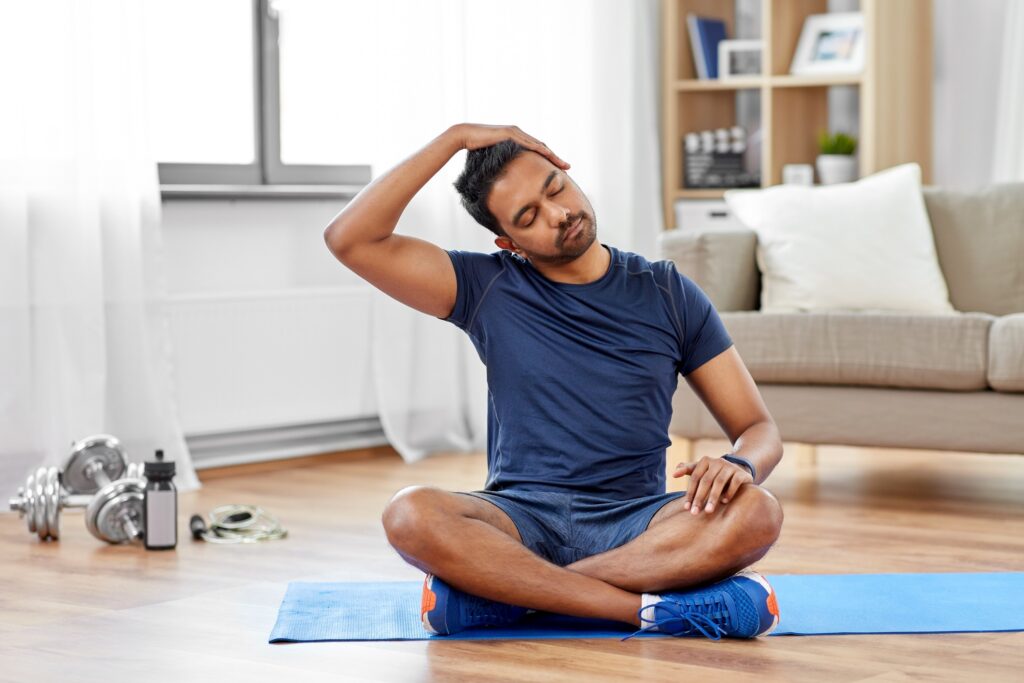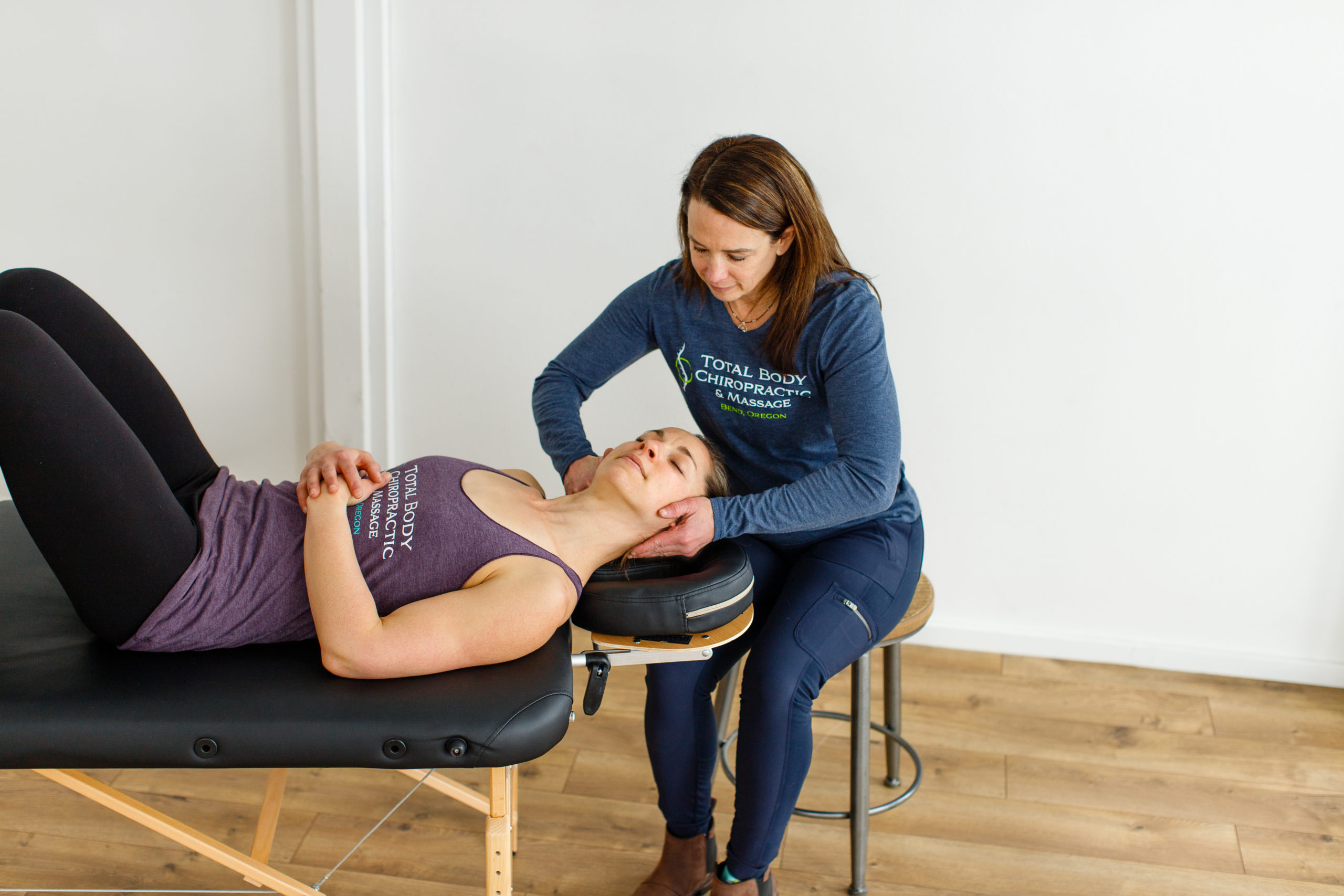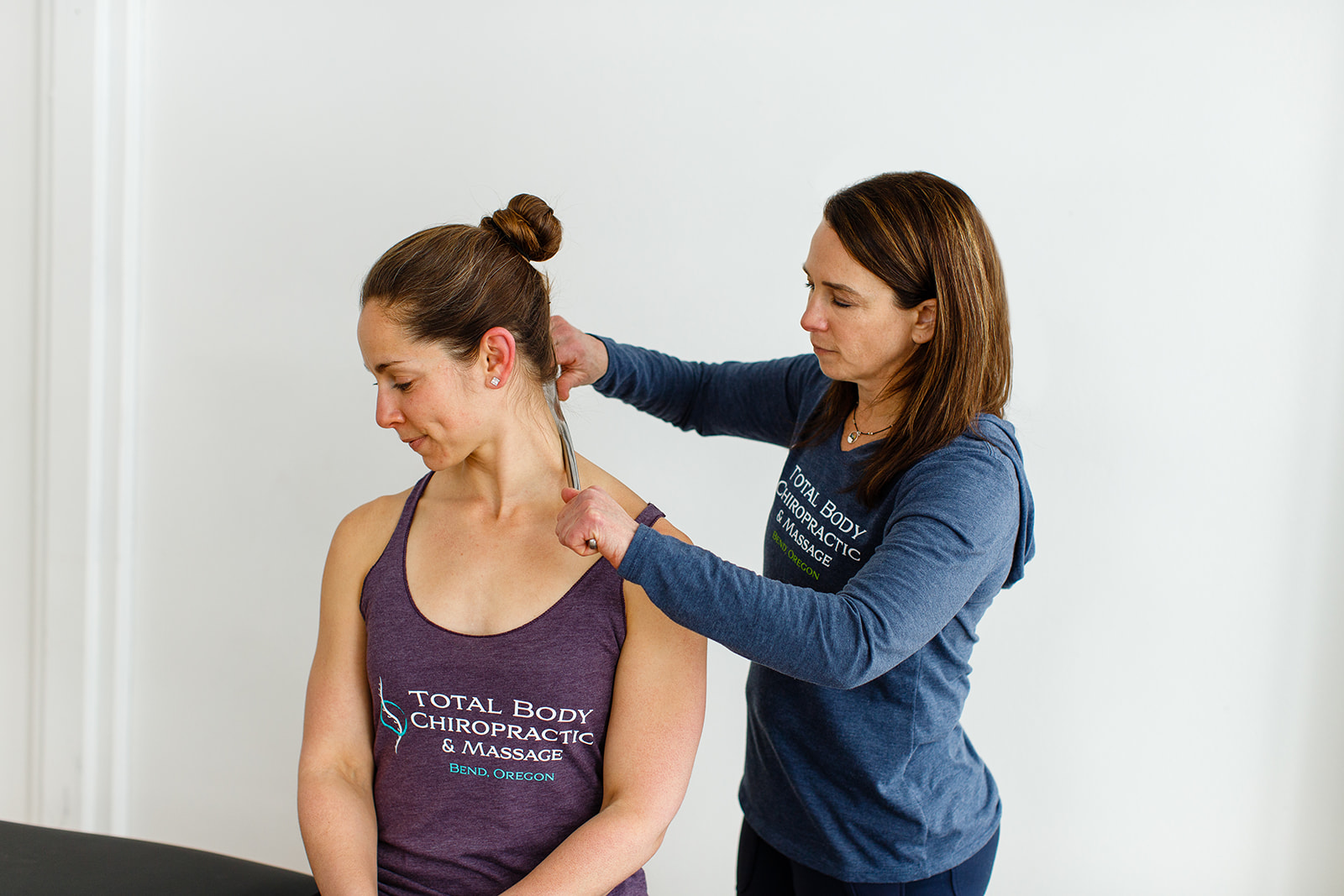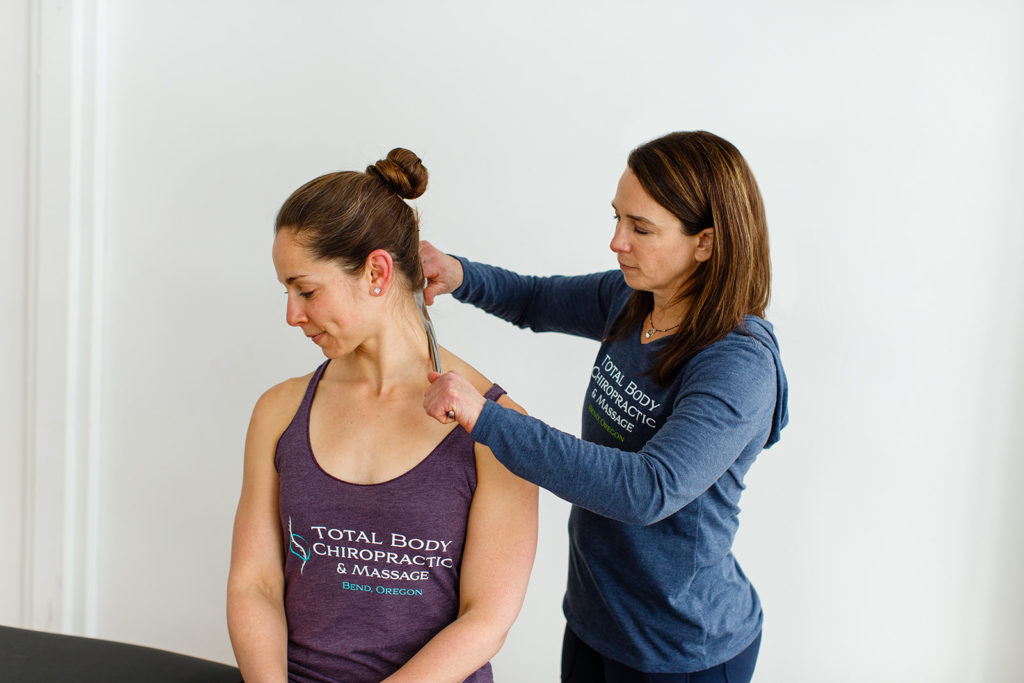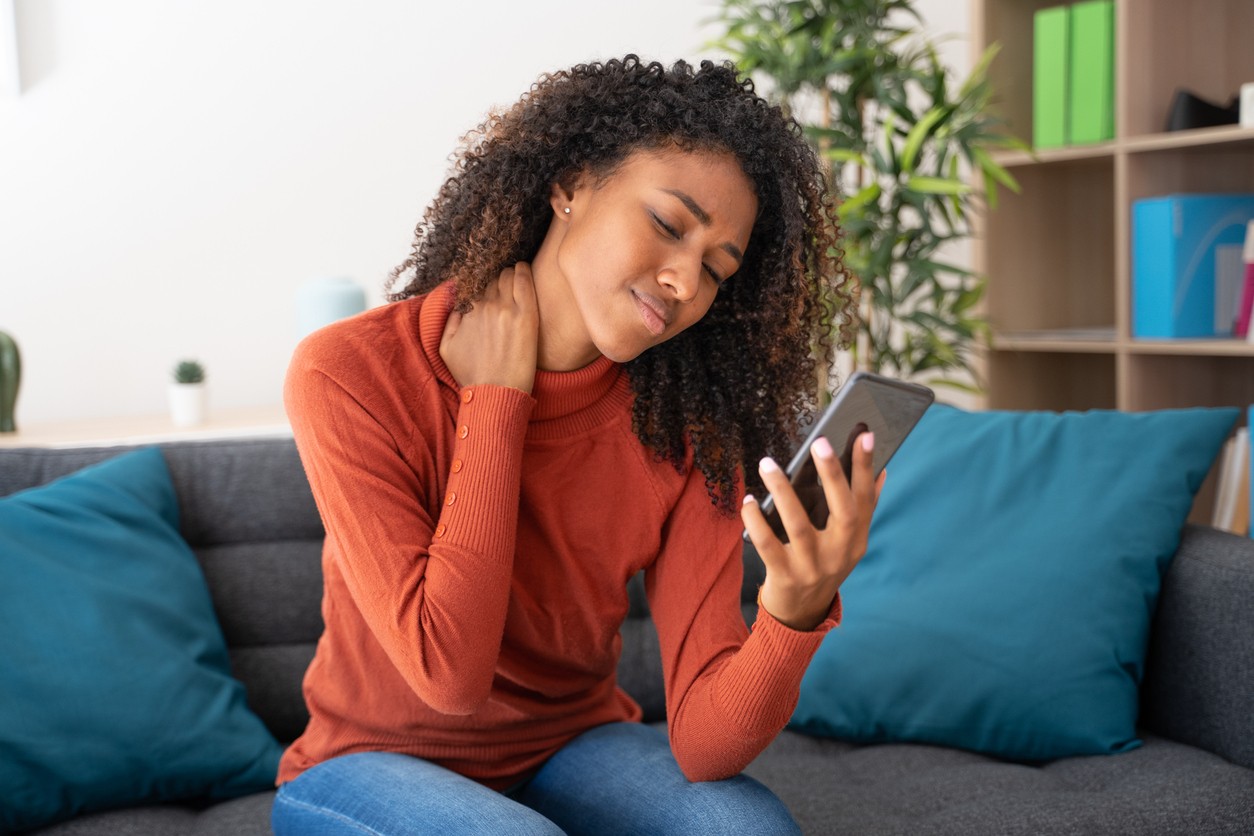Unlocking the Potential of Shockwave Therapy for Sports and Overuse Injuries
In the world of sports and rigorous physical activities, shockwave therapy has emerged as a beacon of hope for athletes and active individuals alike. This innovative non-invasive treatment offers a viable solution to the relentless struggle against pain and impairment, propelling the recovery process into a new era. By leveraging sound waves to promote healing and repair, shockwave therapy represents a pivotal shift towards swift and effective rehabilitation, empowering individuals to reclaim their peak performance and well-being.
The journey to recovery is often fraught with challenges, but with the advent of shockwave therapy, the landscape of sports medicine has been irrevocably transformed. This cutting-edge approach not only accelerates the healing timeline but also addresses the root cause of overuse injuries, ensuring a comprehensive and lasting solution. Whether you’re a seasoned athlete or an enthusiastic amateur, understanding the nuances and benefits of shockwave therapy can be a game-changer in your quest for optimal health and performance.
What Sets Shockwave Therapy Apart?
At its core, shockwave therapy distinguishes itself through its non-invasive nature and its ability to target and alleviate pain at its source. Unlike traditional treatment methods that may rely on medication or invasive procedures, shockwave therapy offers a holistic approach that encourages the body’s natural healing mechanisms. This not only minimizes the risk of side effects but also promotes a faster return to activity, making it an ideal choice for athletes and active individuals.
The mechanism behind shockwave therapy is both fascinating and effective. By delivering high-energy sound waves to the affected tissues, the therapy stimulates blood flow, enhances cell regeneration, and breaks down scar tissue. This multifaceted approach not only alleviates pain but also contributes to a more robust and resilient recovery. As we look at the specifics of how shockwave therapy works, it becomes clear why this modality is rapidly gaining traction in the sports medicine community.
The Science Behind the Success
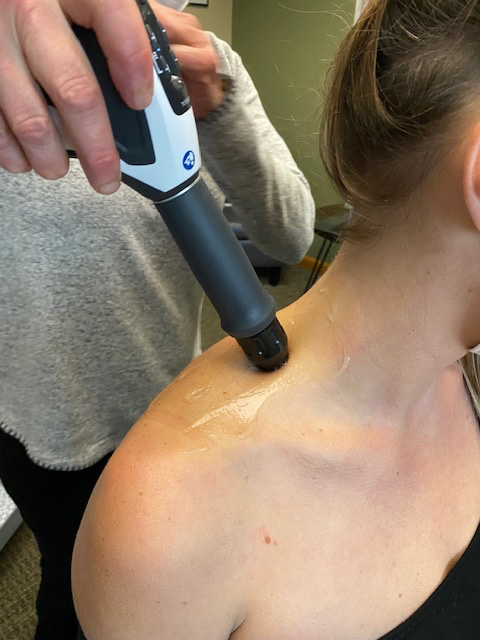
Understanding the scientific principles underpinning shockwave therapy is essential for appreciating its effectiveness. At the heart of this treatment lies the ability of sound waves to initiate biological processes that facilitate healing and repair. This section explores the biological and physiological effects of shockwave therapy, shedding light on the intricate interplay between sound waves and tissue regeneration.
One of the most compelling aspects of shockwave therapy is its capacity to enhance neovascularization, or the formation of new blood vessels. This process is crucial for delivering oxygen and nutrients to damaged tissues, thereby accelerating the healing process. Moreover, the therapy’s impact on nerve fibers can significantly reduce pain, offering immediate relief to sufferers of chronic conditions.
This method, while simple in its application, initiates a complex biological response that promotes healing and reduces pain. Here’s how it works:
- Mechanical Stimulation: The acoustic waves produced during shockwave therapy create a force that applies mechanical pressure and tension to the injured soft tissue. This mechanical stimulation is believed to help break down scar tissue and calcifications that often contribute to pain and dysfunction.
- Increased Blood Flow: The pressure waves enhance blood circulation to the affected area. Improved blood flow means more oxygen and nutrients are delivered to the injury site, which is crucial for the healing process. Additionally, this increased circulation helps to flush away the by-products of tissue injury, further reducing inflammation and promoting healing.
- Pain Reduction: Shockwave therapy can directly impact the nerve fibers that transmit pain signals to the brain. It is thought to alter these pain pathways, thereby reducing the perception of pain. Some theories suggest that the therapy may stimulate the body’s natural painkillers (endorphins) or block the pain signals sent to the brain.
- Stimulating Healing: Beyond immediate pain relief, shockwave therapy is believed to stimulate the body’s own healing mechanisms. This includes the release of growth factors and the stimulation of stem cells in the treated area, which are essential for tissue repair and regeneration. The therapy can also promote the formation of new blood vessels (neovascularization), improving blood supply and oxygenation to the area, which further aids the healing process.
- Reducing Inflammation: By enhancing blood circulation and facilitating the repair of damaged tissues, shockwave therapy can also help to reduce inflammation, a common cause of pain and limited mobility in sports injuries.
Shockwave therapy’s ability to address pain from sports injuries on multiple fronts—breaking down scar tissue, improving circulation, reducing inflammation, and stimulating the body’s natural healing processes—makes it a powerful tool in the rehabilitation of athletes. It offers a significant advantage for recovery, not just by alleviating pain but by promoting faster and more effective healing of the underlying injury.
A Closer Look at Treatment and Recovery
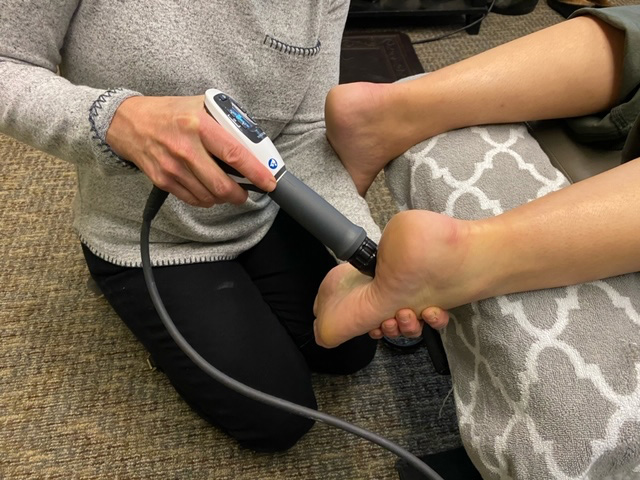
Embarking on a shockwave therapy treatment plan is a journey that requires both commitment and understanding. This section offers a step-by-step guide to what patients can expect during their treatment, including preparation, the therapy session itself, and the subsequent recovery phase. It’s an insightful look at the practicalities of undergoing shockwave therapy, designed to demystify the process for prospective patients.
Real-Life Success Story
There’s nothing quite as convincing as hearing about the transformative effects of shockwave therapy from those who have experienced it firsthand. This collection of testimonials and case studies not only illustrates the diverse applications of shockwave therapy but also highlights its effectiveness across a range of conditions and patient demographics. From professional athletes to weekend warriors, the stories shared in this section underscore the therapy’s role in facilitating rapid and sustained recoveries and pain relief.
One notable example of a professional athlete who has reportedly utilized shockwave therapy for treating a sports or overuse injury is Rafael Nadal, the renowned Spanish tennis player. Nadal, who has faced various injuries throughout his career, including issues related to his knees and wrist, has turned to shockwave therapy as part of his rehabilitation regimen. Specifically, he has been known to use this treatment for tendinitis in his knees, a common overuse injury among tennis players due to the sport’s high demands on this joint.
Extracorporeal shockwave therapy, with its ability to promote healing and reduce pain without surgery, offered Nadal a way to address the root causes of his knee tendinitis. This treatment helped him recover more quickly and return to competitive tennis with less downtime. The non-invasive nature of shockwave therapy, combined with its efficacy in stimulating the body’s natural healing processes, made it an attractive option for Nadal, who has always been keen on adopting innovative treatments to enhance his recovery and maintain his performance on the tennis court.
Integrating Shockwave Therapy into Your Recovery Plan

Choosing shockwave therapy is a decision that can significantly impact an athlete’s career and quality of life. This section delves into the considerations and criteria for selecting shockwave therapy, offering advice on when it’s the most appropriate treatment option and how to find qualified practitioners. It’s a must-read for anyone contemplating this innovative treatment, providing the tools and knowledge needed to make an informed decision. For athletes and individuals committed to a holistic approach to recovery, integrating shockwave therapy into their overall rehabilitation plan can be a game-changer. Contact us at Total Body Chiropractic in Bend to discuss how shockwave therapy can help you.
FAQs: Uncovering the Mysteries of Shockwave Therapy
- What types of injuries are best treated with shockwave therapy? Shockwave therapy is particularly effective for conditions such as plantar fasciitis, tennis elbow, jumper’s knee, shoulder tendinitis and other connective tissue disorders. These conditions benefit from the therapy’s ability to promote healing and reduce inflammation without the need for invasive surgical procedures or steroid injections.
- How long does it take to see results from shockwave therapy? Many patients report feeling a reduction in chronic pain after the first few sessions, with significant improvements typically observed within six to eight weeks of starting treatment. The exact timeline can vary depending on the severity of the injury and individual healing rates.
- Is shockwave therapy painful? While the sensation can vary among individuals, most patients experience a mild discomfort during the procedure, which is generally well-tolerated. The non-invasive nature of shockwave therapy makes it a less painful option compared to surgical interventions.
- Can shockwave therapy prevent future injuries? By addressing the root cause of pain and facilitating the healing of tissues, shockwave therapy can improve the strength and flexibility of the treated area, potentially reducing the risk of future injuries.
- How often can shockwave therapy be administered? The typical treatment plan involves a series of sessions, usually once a week for three to six weeks. The exact frequency and duration of treatment will depend on the specific condition and individual response to therapy.
- Are there any side effects from shockwave therapy? Shockwave therapy is widely recognized for its effectiveness in treating a variety of musculoskeletal conditions with minimal invasiveness. However, like any medical treatment, it can have some side effects, though they are generally mild and temporary. The most common potential side effects reported include:
- Pain and Discomfort: Some individuals may experience mild to moderate pain or discomfort during and immediately after the shockwave therapy session. This sensation usually subsides shortly after the treatment.
- Swelling and Redness: The area treated with shockwave therapy might show signs of swelling and redness. This is a natural response of the body to the mechanical stimulus provided by the shockwaves, indicating increased blood flow to the area to promote healing.
- Bruising: In some cases, minor bruising might appear around the treated area. This is also related to the increased blood flow and the breaking down of calcifications or scar tissue, and it typically resolves on its own within a few days.
- Numbness or Tingling: A temporary numbness or tingling sensation may be felt in the treated area due to the stimulation of nerves. This side effect is uncommon and usually diminishes shortly after the treatment.
- Skin Irritation: Direct contact with the shockwave therapy device can sometimes cause minor skin irritation, including redness or rashes, especially in individuals with sensitive skin.




